The Caryopteris, commonly known as 'bluebeard' or 'blue spirea', are deciduous shrubs highly prized for their long summer flowering. Their small lavender-blue, mauve, or pink flowers cluster at the ends of stems, forming delightful melliferous bouquets from August to October. The deciduous foliage is equally decorative, with shades of dark green, light green, grey-green, golden, silver, or variegated, depending on the variety. Their leaves emit a subtle aromatic fragrance when crushed. It is stunning as a standalone plant, in a low hedge, a rockery, or even in beds alongside perennials, roses, or ornamental bushes. This shrub thrives in sunny locations, in well-drained or even dry soil. To ensure abundant flowering and maintain a compact habit, the blue spirea requires severe pruning every year.
Discover everything you need to know to prune a Caryopteris perfectly.
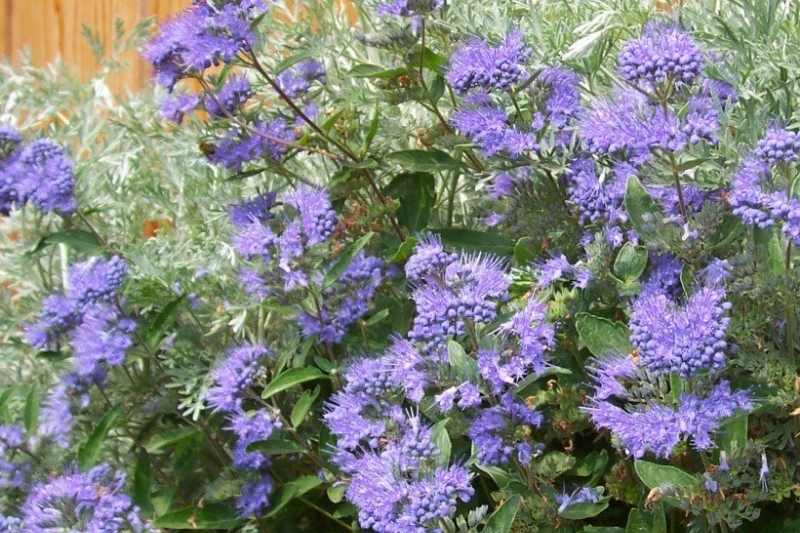
The Caryopteris clandonensis Heavenly Blue and its beautiful blue flowering
When to Prune a Caryopteris?
The best time of year to prune a Caryopteris is in late winter or very early spring, around March or early April. This spring pruning allows for a quick restart of growth in April-May. Repeat this operation every year, even on young plants.
Note: if you live in a cold region, where your Caryopteris is planted in the ground and must be protected from frost, you can prune it in October-November. This pruning should occur once the flowers have faded. Indeed, the blue spirea is not very hardy beyond -10 to -15°C, depending on the variety. You can then easily cover the stump with winter fleece or mulch until the last frosts. However, the regrowth will be less spectacular.
Why Prune a Caryopteris?
Pruning the bluebeard helps maintain a dense, bushy habit. This vigorous shrub grows quickly, so pruning controls its spread and height. Additionally, cutting it back ensures abundant flowering, much to the delight of butterflies and gardeners. Another significant advantage: it also prolongs its lifespan.
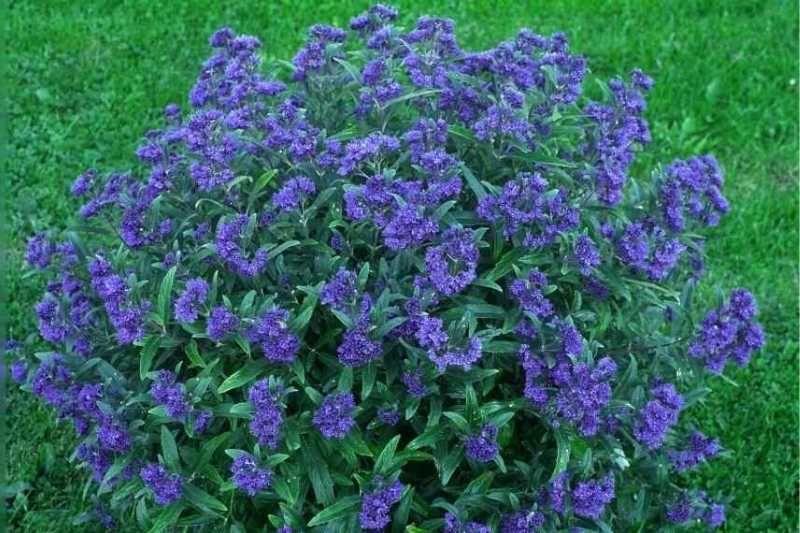
The Caryopteris 'Petit Bleu' with its rounded habit and intense blue flowering
How to Prune a Caryopteris?
Tools: What Do You Need?
To prune the blue spirea, equip yourself with shears or pruning shears. Note that pruning shears will be more effective on older plants with robust branches. Always disinfect your tools with alcohol before use! This prevents the spread of diseases from one plant to another.
Maintenance Pruning
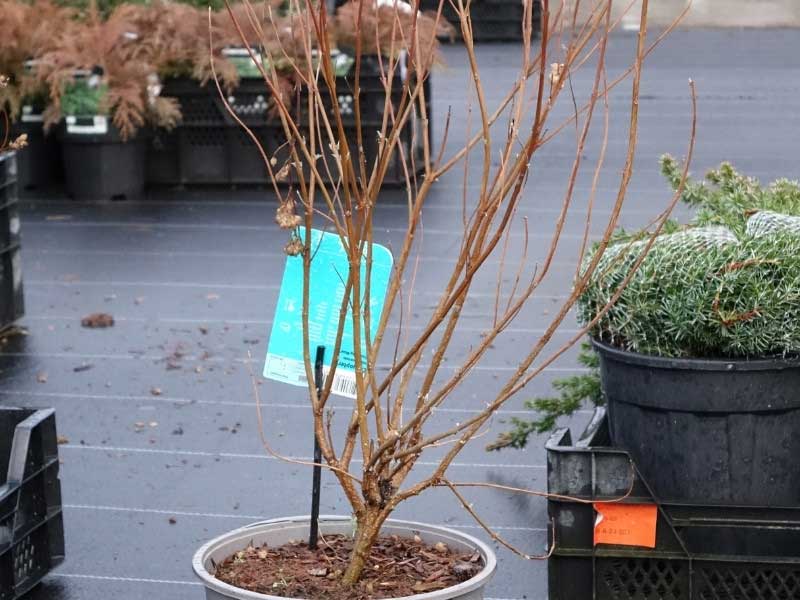
It helps maintain a dense habit, promotes abundant flowering, and prolongs the life of your Caryopteris. Moreover, this bush is not afraid of severe pruning—quite the opposite! It's a very simple task, even for beginner gardeners.
- Using shears or pruning shears, cut the stems by half, or even two-thirds, shaping a rounded bush 15 to 20 centimetres tall.
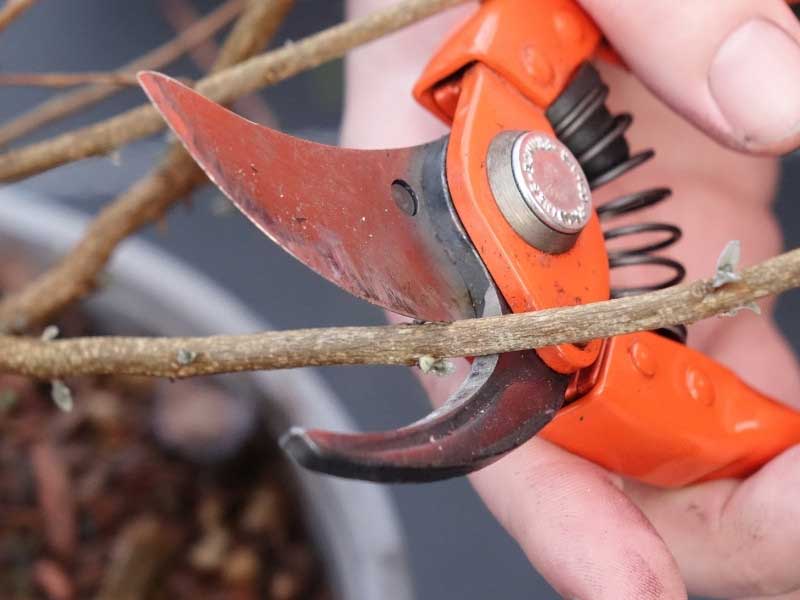
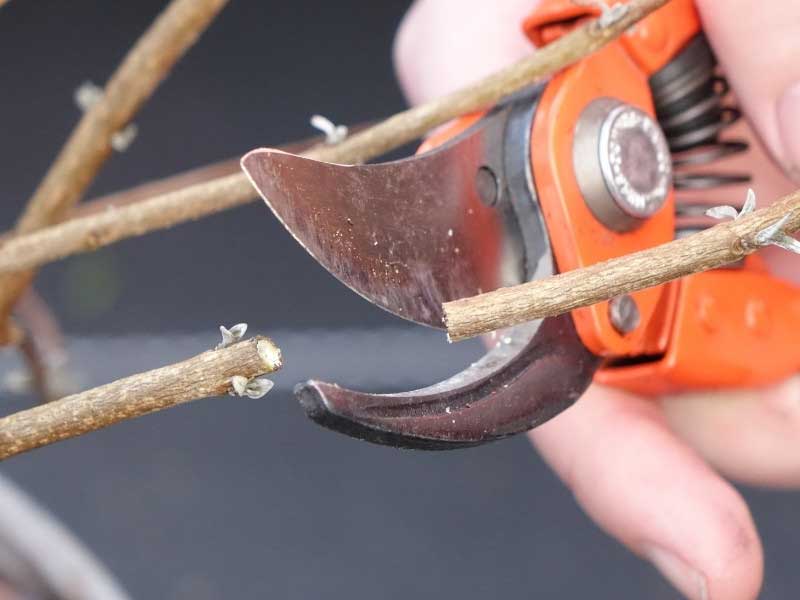
- Remove any dead wood, as well as unsightly branches that disrupt the plant's shape.
- If your Caryopteris is too dense, you can also remove a few shoots.
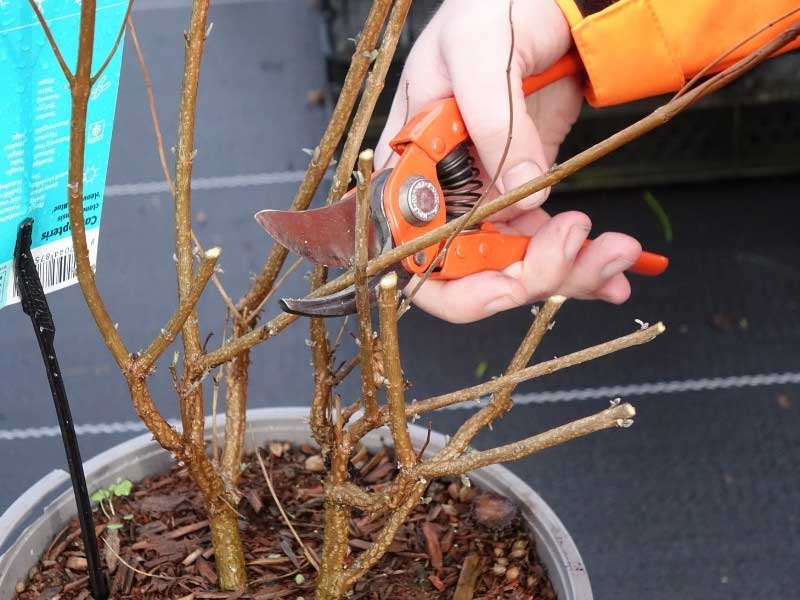
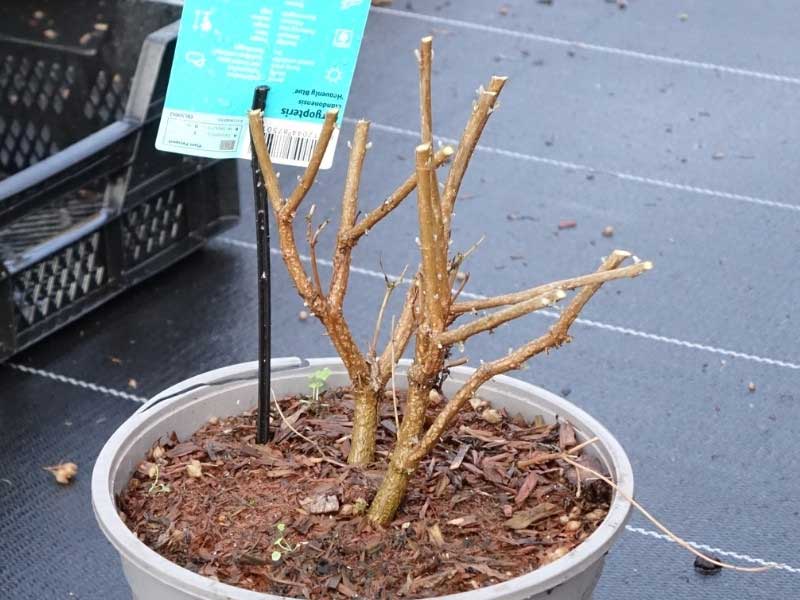
And After Pruning?
- You can add a handful of well-rotted compost or some fertiliser at its base to encourage vigorous new growth.
- The beautiful green foliage will quickly appear in spring, and you can admire a profusion of panicles of beautiful blue (or pink) flowers in autumn.
- Remember to water moderately if the winter has been dry.
To Go Further:
- Discover all our many varieties of Caryopteris with pink and blue flowers.
- To learn everything about the Caryopteris, check out our advice on Blue Spirea: Planting, Growing, Pruning, and Care.
- Need inspiration? Discover 7 Ideas for Pairing Caryopteris.
- Explore our buying guide to choose the right Caryopteris for your garden.
- Learn how to clean, maintain, and protect your gardening tools.
- For pruning trees, shrubs, and flowering hedges, read our article on the main cutting tools and their use in the garden.































![[pruning_guide plant="Caryopteris" action="pruning"]](https://www.promessedefleurs.ie/blogwp/wp-content/uploads/2021/10/Tailler-Caryopteris-tutoriel.jpg)
Comments